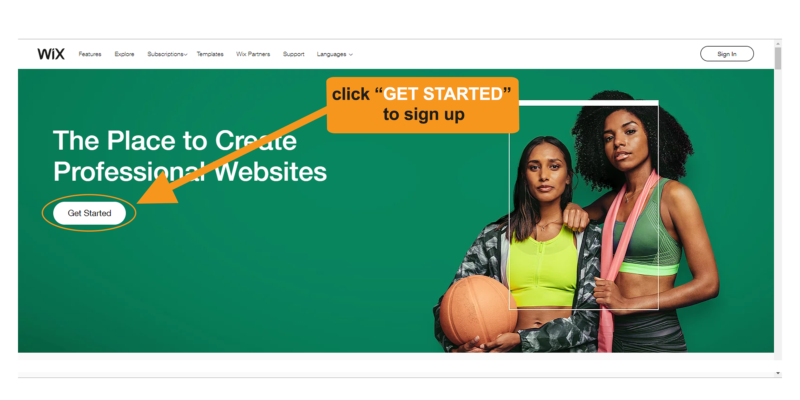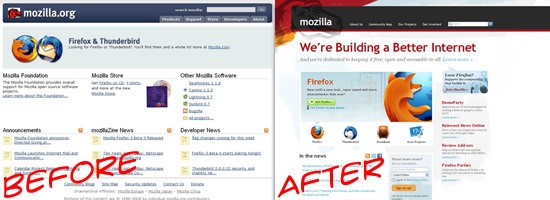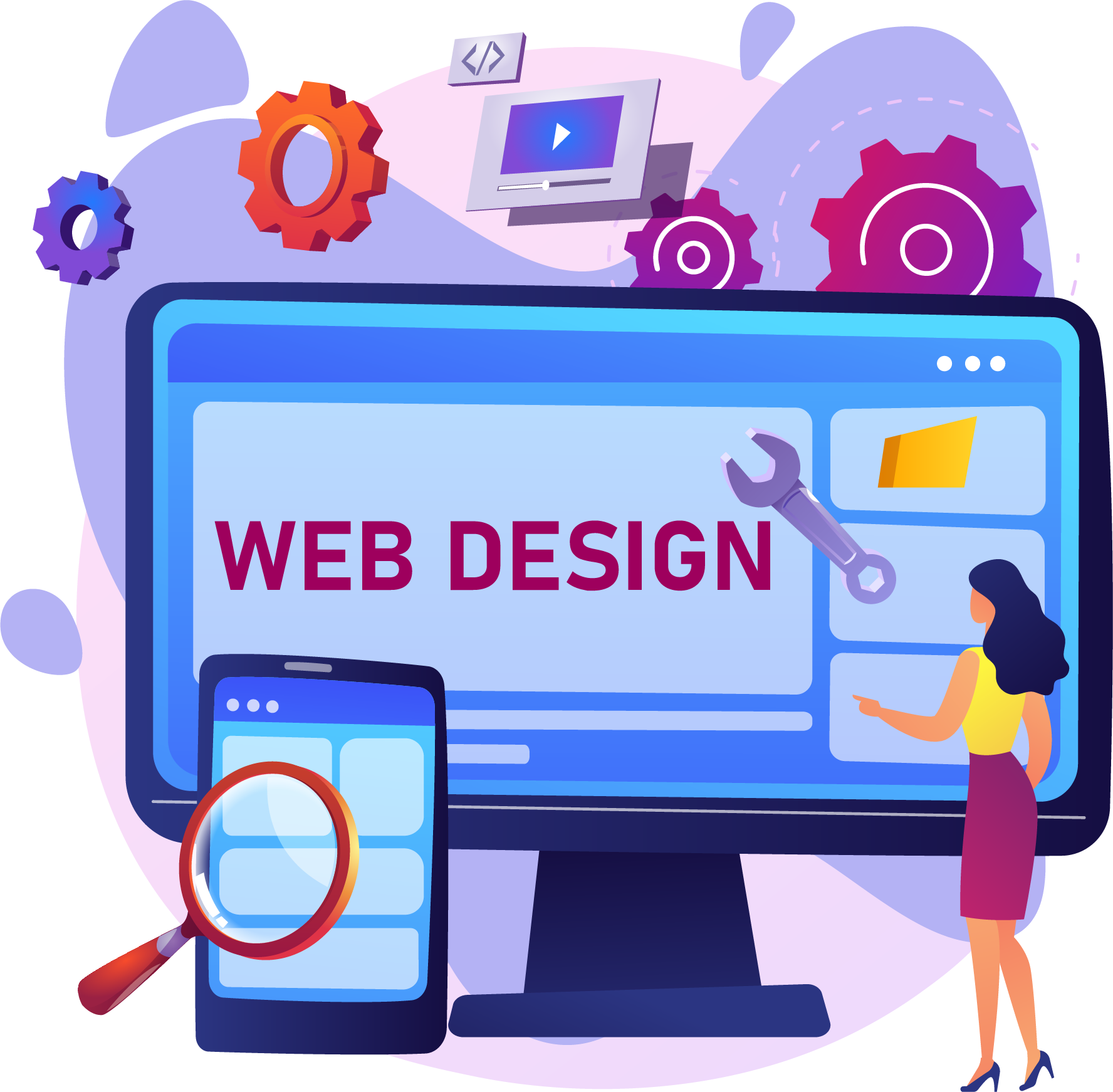
When designing for mobile, the user experience is of prime importance. It is important to design for the user and delight them. This article covers navigation, performance, and context of use. To make sure that your app or website is user-friendly, follow these steps. Here are some quick tips for mobile designing. You can read on to learn more. Listed below are some of the most essential features you should consider. These features will either make or break your app. Learn more about UX wireframes.
UX wireframe
A UX wireframe is essential when you design for mobile. This wireframe is similar to the web wireframe, however it focuses more on mobile apps. Both tools offer the same components. However, mobile wireframes are more detailed than hand drawings and maintain a similar simplicity. While there are some disagreements about wireframes' use, the end result remains the same: a visual guide which informs the final design.

Navigation
Good mobile navigation enhances the usability of the entire product. Bad navigation is detrimental to the user's experience, making it more difficult to find what they want. Thus, navigation design is a critical component of mobile product development. There are some easy tips to improve navigation design.
Performance
Performance is an important aspect of any website design. Mobile users will choose to use portrait mode and a narrow screen. This means that images and visual elements should be limited and text should not exceed 11 point. It's also a good idea to use card-style design patterns to highlight actionable content and complement white space. Page descriptions should be clear and concise for easy bookmarking.
Context of the use
The use of a mobile device can greatly affect its usability. Mobile device design can be greatly affected depending on the preferences and behaviors of users. Forrester Research polled 500 US consumers with smartphones. According to Forrester Research, mobile features such store location are the most common features on smartphones. This behavior can be observed at home or on the go. However, it is less common when you are in a store. When designing mobile apps, mobile designers need to consider context.

Failure mapping
Failure Mapping is a key component of mobile app design. This process is a great way to improve user experience and increase conversions. Failures can lead to more visitors, which in turn can help increase revenue. Companies should use Failure Mapping in order to increase their revenue. Amazon is an excellent example of a company using this method. In fact, it is one of their top-ranked products. Here's more.
FAQ
Do I Need Any Technical Skills To Design And Build My Site?
No. All you need to understand HTML and CSS. There are many tutorials available online that can teach both HTML or CSS.
How Much Does It Cost To Create An Ecommerce Website?
It depends on which platform you choose, and whether the freelancer is employed directly or through a service provider. eCommerce websites start at about $1,000.
Once you have chosen a platform, expect to pay between $500 and $10,000.
You won't spend more than $5,000 if you are using a template. This includes any customizations that you might need to suit your brand.
How To Make A Static Web Site
There are two options for creating your first website:
-
A Content Management System (also known as WordPress): WordPress): You can download this software and install it on your computer. This software can then be used to create an indispensable website.
-
You will need to create a static HTML website. If you have a good understanding of HTML, this is not difficult.
It is worth hiring an expert if you want to build large websites.
Start with option 2.
How much do web developers make?
Working on a website yourself will likely earn you between $60 and $80 an hour. Independent contractors are a better option if your goal is to charge more. You could potentially charge anywhere from $150-200 per hour.
What Websites should I make?
The answer to this question depends on your goals. It may be best to sell online your products to build a company around your website. This can only be achieved by building a solid eCommerce website.
Blogs, portfolios, as well as forums are some other popular web types. Each one of these websites requires different skills. For instance, if you want to set up a blog, you will need to learn about blogging platforms such as WordPress or Blogger.
You will need to decide how to customize your website's look when you select a platform. There are many themes and templates that you can use for free.
After you have chosen a platform, it is time to add content. You can add images, videos, text, links, and other media to your pages.
It is now possible to publish your new website online. Visitors can view your site online once it has been published.
Where can I find freelance web developers?
There are many places where you can find web developers and freelance web designers. These are some of the best choices:
Freelance Websites
These sites provide job listings for freelance professionals. Some have very specific requirements, while others don't care what type of work you do.
Elance is a great place to find graphic designers, programmers and translators.
oDesk has similar features, but they focus on software development. You can apply for jobs in PHP, Perl Java, Java, C++ Python, JavaScript Ruby, iOS and.NET developers.
Another option is oWOW. Their site focuses primarily on web designers and graphic design. They offer many services, including video editing, programming, SEO, and social media marketing.
Forums online
Many forums allow members to post jobs and advertise themselves. DeviantArt, a forum for web designers, is one example. You can search for "web developer" using the search bar to see a list threads in which people are seeking help with their websites.
Can I build my website using HTML & CSS?
Yes, you can! It's possible! You need to have basic knowledge in web design and programming languages, such as HTML (Hyper Text Markup Language), CSS and Cascading Style sheets (Cascading CSS Sheets). These languages enable you to create websites that are accessible to anyone with an internet connection.
Statistics
- In fact, according to Color Matters, a signature color can boost brand recognition by 80%. There's a lot of psychology behind people's perception of color, so it's important to understand how it's used with your industry. (websitebuilderexpert.com)
- Did you know videos can boost organic search traffic to your website by 157%? (wix.com)
- It's estimated that in 2022, over 2.14 billion people will purchase goods and services online. (wix.com)
- It's estimated that chatbots could reduce this by 30%. Gone are the days when chatbots were mere gimmicks – now, they're becoming ever more essential to customer-facing services. (websitebuilderexpert.com)
- Studies show that 77% of satisfied customers will recommend your business or service to a friend after having a positive experience. (wix.com)
External Links
How To
How do I get started as a UI Designer?
There are two routes to becoming a UI Designer:
-
You can go through school and earn a degree in UI Design.
-
You can start freelance.
For you to be able to finish school, you must attend college or university. This includes psychology, computer science, marketing, art, and business.
You can also attend classes at state universities and community colleges. Some schools offer no tuition, while some charge tuition.
You will need to find work after graduation. If you choose to work for yourself, you must build your client base. It's important to network with other professionals, so they know you exist.
You can also look for opportunities to intern at companies that specialize in developing web applications. Many companies hire interns before they hire full-time staff.
A portfolio will help you get more work once you have established it. Your portfolio should include work samples as well as details of the projects that you have worked on.
It's a great idea to email your portfolio to potential employers.
As a freelancer, you will need to market yourself. You can list your services on job boards such Assure, Guru, Freelance, Guru and Upwork.
Freelancers are often assigned by recruiters posting job openings online. These recruiters find qualified candidates for specific jobs.
These recruiters usually provide a briefing outlining the requirements of the job to the candidate.
A freelancer is not required to sign a long-term contract. If you want to move ahead, it's best to negotiate an initial payment.
Many designers prefer working directly with clients, rather than through agencies. While this may seem ideal, many people lack the necessary skills.
Agency workers have a deep understanding of the industry in which they are working. They can also access specialized training and resources that will allow them to produce top-quality work.
Agency workers also receive higher hourly rates.
The downside to working with an agency is that you won't have direct contact with the employer.
As a UI designer you need to be motivated, creative, flexible, detail-oriented and communicative.
You must also possess excellent verbal and written communication skills.
UI designers create user interfaces and visual elements for websites.
They are responsible for ensuring the site meets its users' needs.
This involves understanding the information users need and how to make your site work.
Wireframes are created by UI designers using a variety of tools. They use wireframing to help them visualize the layout of a webpage before they start designing.
You can find wireframe templates online. This makes it easy to make your own wireframes.
Some designers focus solely on UI design, while others combine UI design with graphic design.
Photoshop is a popular software used by graphic designers for editing images.
Adobe InDesign is then used to layout pages and layouts.
Photographers capture images using digital cameras or DSLRs.
They then upload the pictures to a photo editing program where they add text captions, filters, and other effects.
After taking the photo, the photographer saves it in a file format that is compatible with the website.
It is vital to consider all aspects in the web design process.
This includes research as well planning, wireframing. prototyping. testing. coding. content creation. and publishing.
Research – Before starting any new project, it is important to conduct extensive research.
Planning - Once you've completed your research, you'll want to begin developing a plan.
Wireframing – A wireframe is a preliminary sketch or drawing of a webpage or application.
Prototyping: Prototypes can help to ensure that the final product meets the initial vision.
Testing - Multiple rounds of testing should be done on the prototype to make sure it works properly.
Coding - Coding is the act of writing computer code.
Content Creation – This covers everything from creating copy to managing social accounts.
Publishing is the act of uploading files and making sure that the site can be accessed.
As a freelance UX/UI designer, you will need to learn about different projects.
Some companies, for example, only need wire frames. Others require complete prototypes.
You may be required to perform specific tasks depending on the project you accept.
If you are hired to create wireframes for a company, you may be expected to produce several wireframes each time.
If you're asked to develop a site prototype, it may be necessary to make it fully functional.
It doesn't really matter what project you're working on, good interpersonal skills are vital.
Referring freelancers is the best way to get work. It's important to establish good relationships with potential employers.
In addition, you must be able to communicate effectively both verbally and in writing.
A portfolio is an important part of any freelancer's arsenal.
It showcases your work and demonstrates your ability to deliver high-quality results.
This can be done online by creating a portfolio.
It is a good idea to look for websites that are similar to yours to get you started.
These sites can be searched to determine which services they offer.
Once you have identified the best practices you believe are most effective, you can start to implement them.
It's also helpful to include links to your portfolio within your resume.